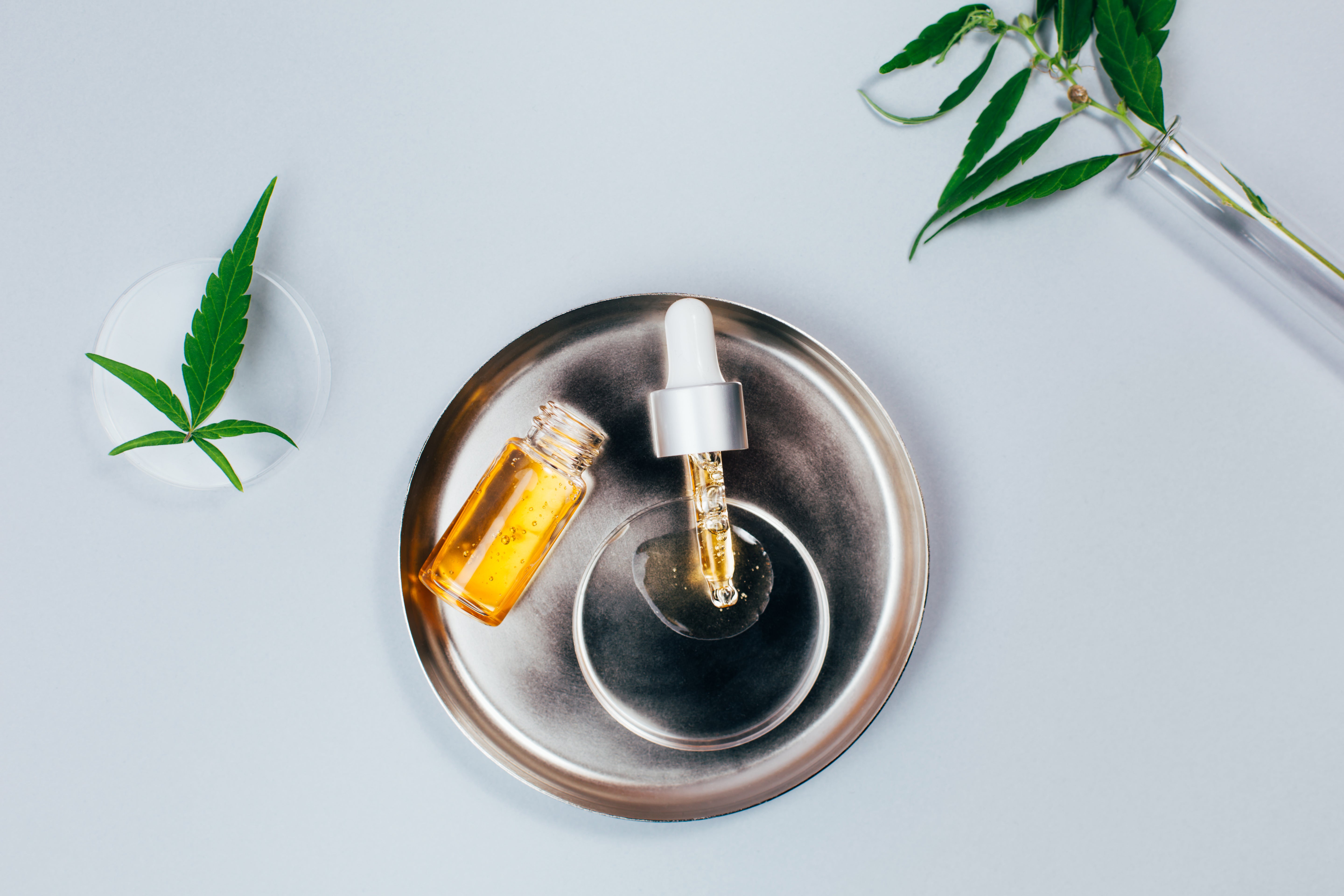Whether it's pigment spots, age spots, freckles, or moles – almost everyone has some form of pigmentation on their skin. Areas of the body that are frequently exposed to the sun are usually affected. We'll explain why this hyperpigmentation occurs and which active ingredients can help combat it.
What are pigment spots and how do they arise?
Pigment spots are brownish discolorations of the skin. These occur when certain skin cells (melanocytes) release excessive amounts of the pigment melanin. Melanin is also responsible for our summer tan, as the pigment is primarily produced when exposed to sunlight to protect the cells from UV radiation. The tanning effect is therefore a kind of protective reaction of the skin. If this tanning occurs unevenly or excessively in some areas, a so-called pigment spot develops.
Pigment spots often form in areas exposed to the sun, such as the face, décolleté, or hands. Fair-skinned people are particularly prone to pigmentation disorders. Some forms, such as freckles (ephelides), appear in childhood, while age spots (lentigo solaris) develop over the course of life. These spots can be brownish, reddish, or ochre in color and are usually not raised, meaning they cannot be felt.

When and why do pigment spots appear?
One of the main causes of hyperpigmentation, in addition to genetic predisposition, is sun exposure. Skin that has been overexposed to UV-A and UV-B radiation ages faster and is more likely to develop dark spots or age spots. Hormonal changes, such as those during pregnancy or due to hormonal contraception, can also trigger the formation of dark spots. This is because hormonal changes can make the skin more sensitive to UV radiation.
A typical phenomenon during pregnancy is the so-called "pregnancy mask," in which dark spots can form on the forehead, nose, chin, and mouth area. This pigmentation disorder usually disappears about six months after delivery, but in rare cases can remain visible for longer.
Some medications also increase the skin's sensitivity to light and can therefore promote pigmentation disorders. These include, for example, some antibiotics and certain chemotherapy drugs.
Are pigment spots dangerous?
Hyperpigmentation is generally harmless. However, dark spots and moles can change continuously and, in rare cases, even become cancerous. Annual skin cancer screening can quickly diagnose and treat such changes. Effective prevention also includes daily protection from UVA and UVB radiation, for example, with sunscreen or a day cream with a built-in SPF.
What does hyperpigmentation look like?

Pigment spots / age spots
Pigment spots are dark discolorations on the skin, often caused by UV radiation. They are often called age spots because they often appear as people age.

freckles
Freckles are small, genetically determined pigmented spots. They appear particularly prominently in the summer, triggered by increased exposure to sunlight. They usually appear on the face, shoulders, or arms.

moles
Moles are usually harmless, but ideally should be checked by a dermatologist once a year. Cosmetic treatment of a mole should always be performed by a dermatologist.

Pregnancy mask
Pregnancy mask is a pigmentation disorder that can occur due to hormonal changes during pregnancy. Dark spots form on the forehead, nose, and/or chin.

Vitiligo
Vitiligo is a pigment disorder in which the skin produces not too much, but too little melanin. The result is large, light patches on the skin. A genetic defect is suspected to be the cause.
How can you counteract pigment spots?
Since hyperpigmentation is aggravated by sun exposure, effective prevention with sun protection is essential. Specifically, this means using a cream with sun protection factor (e.g., DAYTOX Hyaluron Cream SPF 20) every day, not just in bright sunshine, but year-round. Even in cloudy weather, the skin is exposed to UV-A and UV-B radiation, which accelerates skin aging.
If the pigment spots are already there, effective active ingredients such as vitamin C, retinol and niacinamide can help.
Vitamin C against pigment spots
Vitamin C, a highly concentrated form of ascorbic acid, helps improve the appearance of hyperpigmentation. This powerful vitamin ensures that the brown skin cells tainted by stored melanin are removed more quickly. With regular use, ascorbic acid even inhibits the formation of new melanin. Our Vitamin C Duo, consisting of DAYTOX Vitamin C Serum and DAYTOX Vitamin C Cream, is ideal for treating pigmentation and age spots. Dermatological tests with our Vitamin C Cream have confirmed that it reduces dark spots and provides a radiant, even complexion.*
Retinol (vitamin A) against pigment spots
Retinol (vitamin A) is known to accelerate skin cell division. This means the top layer of skin renews itself more regularly. This contributes, among other things, to the faster fading of pigmentation. This intensive active ingredient is a true anti-aging hero, as it not only helps combat dark spots but is also used to treat acne, rosacea, and wrinkles. Our DAYTOX Retinol Serum contains 0.3% pure, encapsulated retinol, ensuring smoother, plumper, and even-toned skin.
Niacinamide against pigment spots
Niacinamide (vitamin B3) is a true all-rounder in skincare. Among its numerous benefits for the skin is its inhibition of melanin synthesis. This allows hyperpigmentation to fade faster, resulting in a finer and more even complexion. Our DAYTOX Niacinamide Serum contains 8% niacinamide and 1% zinc and supports the skin with enlarged pores, blemishes, acne scars, and pigmentation disorders. Vitamin B is also a powerful antioxidant that protects the skin from harmful environmental influences.
Some forms of pigment spots can also be treated very effectively with medical peels or lasers. However, such treatments should always be performed by an expert.
*Dermatological study over 4 weeks, 30 women


